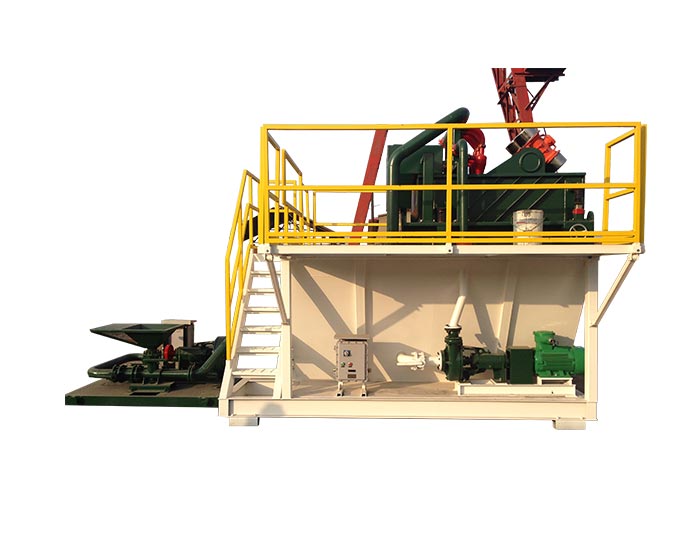Understanding Mechanical Seal Materials A Comprehensive Overview
Mechanical seals play a crucial role in a wide variety of industrial applications, particularly in rotating equipment like pumps, compressors, and mixers. Their primary function is to prevent the leakage of fluids—both liquids and gases—between stationary and rotating components. The choice of materials used in constructing mechanical seals is critical as it directly influences the seal\'s performance, durability, and compatibility with different media. This article delves into the various materials used in mechanical seals, their properties, and the factors that influence material selection.
Key Materials Used in Mechanical Seals
1. Elastomers
- Common Types There are several types of elastomers used in mechanical seals, including nitrile rubber (NBR), fluoroelastomer (FKM), ethylene-propylene diene monomer (EPDM), and silicone.
- Properties These materials provide excellent flexibility and compression set resistance, making them ideal for providing a tight seal. They can accommodate shaft movement and handle thermal expansion effectively.
- Applications Elastomers are commonly employed in sealing applications involving water, oils, and chemicals. The selection of elastomer depends heavily on the temperature and chemical compatibility of the application.
2. Friction Faces
- Common Materials Typical materials for friction faces include carbon, ceramic, and various types of metal. Carbon is frequently used due to its self-lubricating properties and resistance to wear.
- Properties Ceramics offer high hardness and excellent corrosion resistance, while metals can provide superior strength. The choice depends on factors such as operating conditions, the nature of the fluid being sealed, and the required lifespan of the seal.
- Applications These materials are utilized in environments exposed to high pressures and temperatures, commonly found in chemical processing, oil refineries, and power generation.
3. Spring Materials
- Common Types Springs in mechanical seals can be made of various materials, including stainless steel, inconel, and superalloys.
- Properties Stainless steel is widely used for its strength and corrosion resistance. Inconel and superalloys are employed in harsher environments due to their ability to withstand high temperatures and aggressive chemicals.
- Applications Springs serve to maintain contact between the seal faces, and their material choice ensures reliable performance under fluctuating pressures and temperatures.
4. Metal Components
- Common Materials The primary metal components are typically made from stainless steel, bronze, or special alloys like Hastelloy.
- Properties Metals are chosen for their structural integrity and ability to resist deformation under load. Stainless steel is particularly favored for its resistance to corrosion and oxidation.
- Applications These components are essential in high-pressure systems such as those found in oil, gas, and maritime applications.
Factors Influencing Material Selection
mechanical seal materials
1. Chemical Compatibility The seal material must be compatible with the fluids being sealed. Aggressive chemicals can quickly degrade less resistant materials, leading to failure.
2. Temperature and Pressure Operating conditions, including temperature and pressure ranges, dictate the material properties that will be required. High-temperature applications typically require more robust seal materials.
3. Wear Resistance For applications subjected to frequent movement and friction, materials with excellent wear resistance are critical to prolonging the life of the mechanical seal.
4. Environmental Conditions External factors, such as exposure to humidity, grit, or corrosive environments, also play a significant role in material selection.
5. Cost and Availability While high-performance materials may offer superior properties, cost and availability must also be taken into account to ensure economical operation without compromising performance.
Conclusion
In conclusion, the choice of materials for mechanical seals is vital to their successful operation in diverse applications. Understanding the various types of materials available—ranging from elastomers to friction faces, springs, and metal components—allows engineers and operators to select the best combinations suited for their specific requirements. Future advancements in material science are likely to lead to even more durable and efficient mechanical seals, further enhancing their performance in industrial applications. By carefully considering chemical compatibility, temperature and pressure conditions, wear resistance, and environmental influences, stakeholders can ensure the longevity and reliability of their sealing solutions.
 Linear Motion Shale Shaker In Drilling Rig
Linear Motion Shale Shaker In Drilling Rig  Oilfield Mud Cleaner
Oilfield Mud Cleaner  Drilling Fluid Decanter Centrifuge
Drilling Fluid Decanter Centrifuge  Drilling Mud Desander
Drilling Mud Desander  Hydrocyclone Desilter
Hydrocyclone Desilter  Centrifugal Pump/Centrifugal Mud Pump
Centrifugal Pump/Centrifugal Mud Pump  Shear Pump
Shear Pump  Jet Mud Mixer
Jet Mud Mixer  Horizontal Mud Agitator
Horizontal Mud Agitator  Constant Pressure Drilling Fluid Mud Gas Separator
Constant Pressure Drilling Fluid Mud Gas Separator  Mud Gun
Mud Gun  Mud Tank
Mud Tank  Solids Control System Vacuum Degasser
Solids Control System Vacuum Degasser  Flare Ignition Device
Flare Ignition Device  Diesel Tank
Diesel Tank  Submersible Slurry Pump
Submersible Slurry Pump 






































